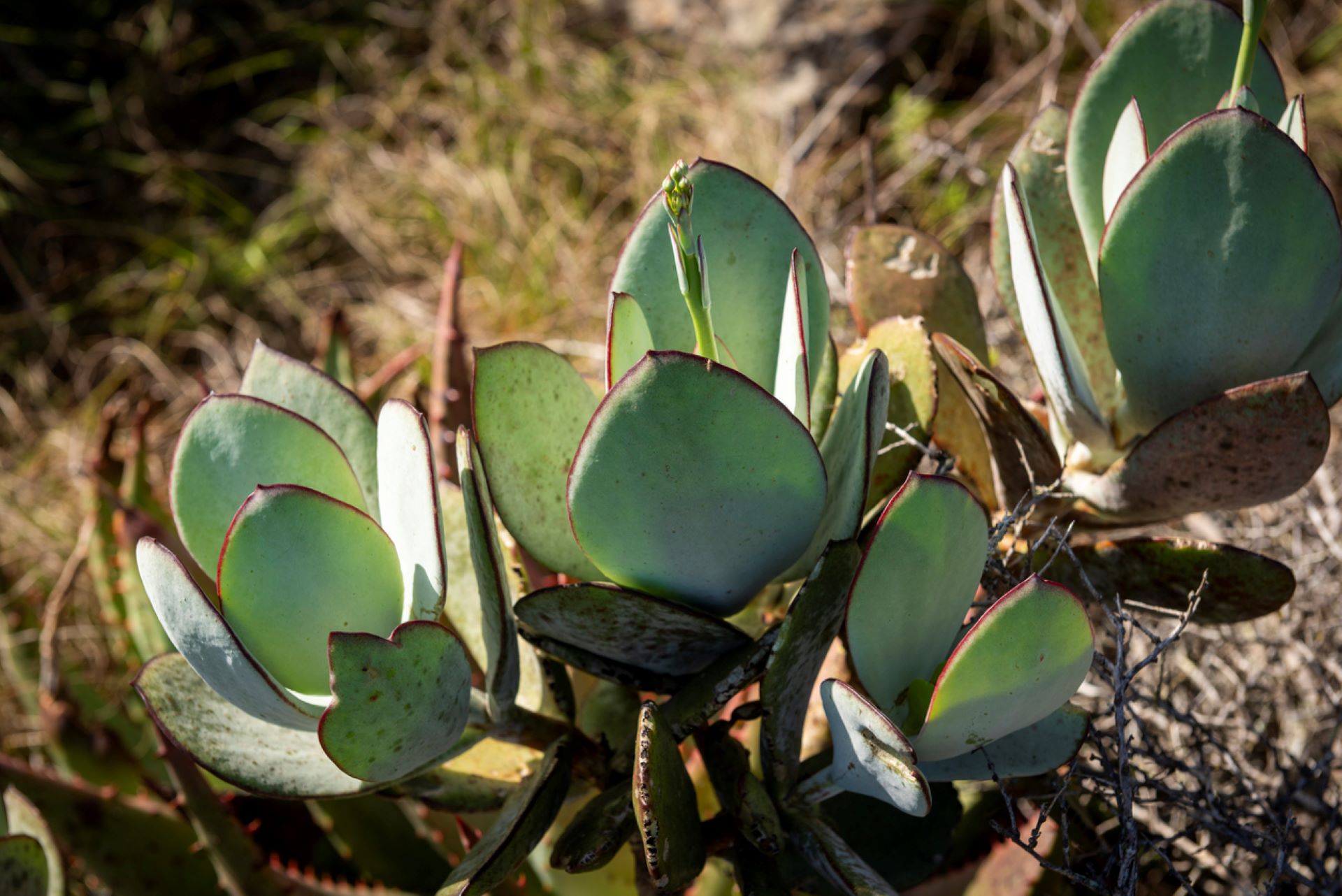You've likely heard of animal poaching — a big problem for animals like elephants and rhinos — but what about succulent poaching? According to a report from Mail & Guardian, succulent poaching is having a devastating effect on the natural environment in South Africa's Western Cape.
What's happening?
Many of the flora species in South Africa are endemic to the Western Cape, meaning they don't grow naturally anywhere else on Earth. As a result, they have become a target for exotic plant sellers, many of whom have resorted to harvesting them illegally and irresponsibly.
According to CapeNature, the government organization responsible for maintaining wilderness areas and public nature reserves in the Western Cape, over the past four years there have been 650 species and more than 1.2 million wild harvested plants seized from the illegal plant trade, and that represents only a fraction of the total plants that are being poached.
"While law enforcement and reporting of illegal harvesting provides valuable intelligence, it is suspected that less than 25% of the trade is intercepted by enforcement officials," CapeNature said.
Why is succulent poaching important?
The fact that many of these succulents grow nowhere else on Earth should ideally be more reason to protect them, not dig them up. However, the price that such plants can command provides enough motive for sellers to remove them faster than they can regrow, creating an unsustainable situation for the ecosystem.
"Any harvesting for traditional uses must consider the ability of the natural population to sustain such harvesting and needs an understanding of the natural ecology of the plants being harvested," CapeNature said.
The organization warned that such practices, if left unchecked, could lead to the extinction of several plant species.
What's being done about succulent poaching?
After recognizing the problem, several organizations came together in 2022 to lay out the National Response Strategy and Action Plan to Address the Illegal Trade in South African Succulent Flora. The document detailed a multipart strategy for ensuring the long-term survival of the endemic succulent species.
The plan calls for, in part, engaging with local communities to help protect the plant species as well as potentially adding more dedicated roles in governmental organizations to address the illegal succulent trade.
Join our free newsletter for good news and useful tips, and don't miss this cool list of easy ways to help yourself while helping the planet.









